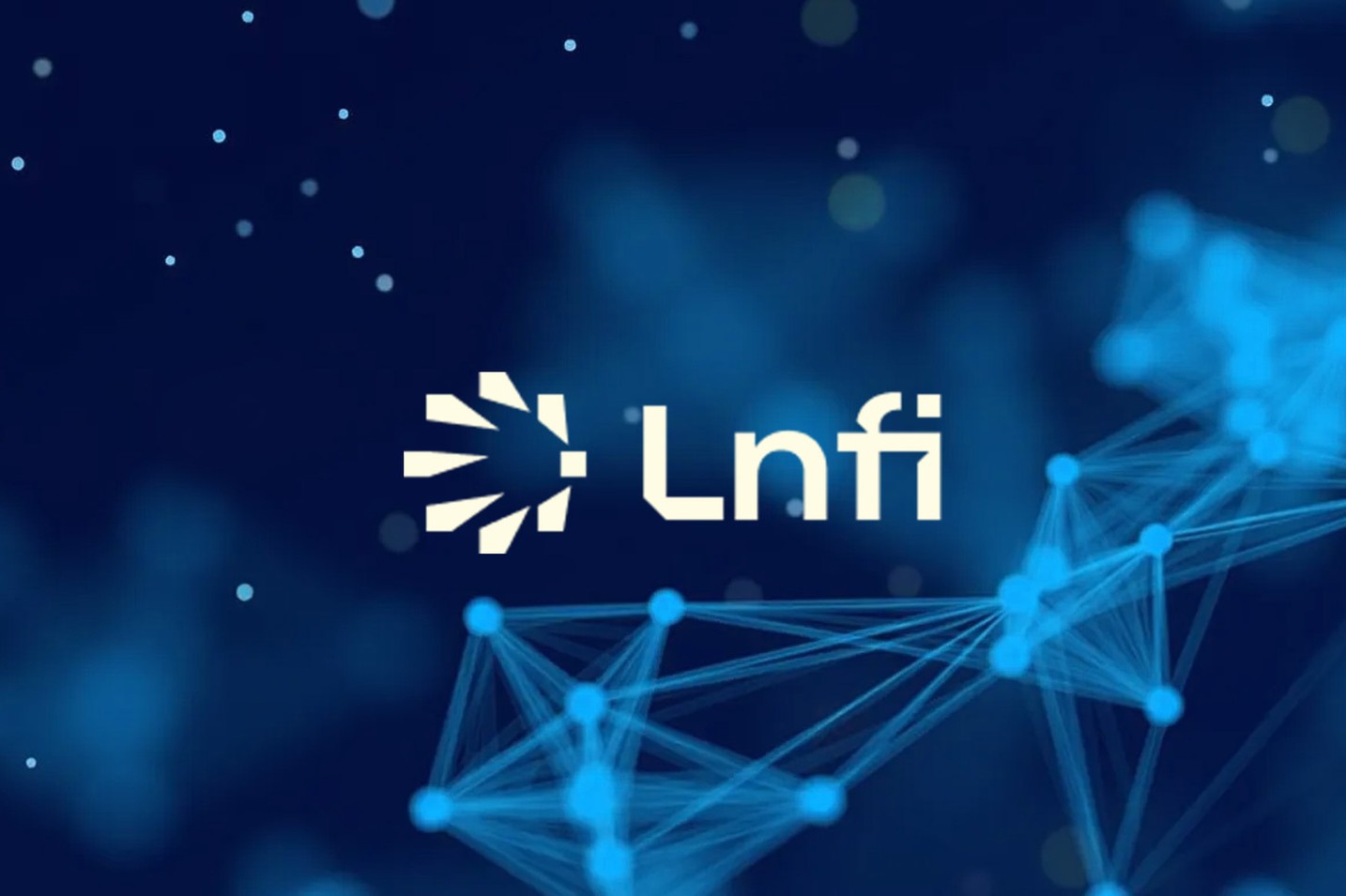This content is provided by a sponsor
August 29, 2025 – Lnfi Network’s LN token made its public debut on Binance Alpha on 25 July 2025, marking the first time a Lightning‑native asset has reached a top‑tier centralised exchange.
The listing marks the culmination of an intense 18-month build, during which the team quietly established itself as the financial backbone of Bitcoin’s emerging multi-asset future.
This new era arrives on the shoulders of two powerful and complementary standards:
RGB, released to mainnet on 17 July 2025, introduces client-side smart contracts that let tokens move across Lightning channels with almost no on-chain footprint. On 28 August 2025, Tether announced it will launch USDT on RGB and specifically noted that RGB “recently reached mainnet with its 0.11.1 release,” bringing a leading stablecoin natively onto Bitcoin’s client-side-validated rails.
Taproot Assets v0.6, shipped by Lightning Labs in late June, embraces the same low-fee philosophy, delivered in a developer-friendly toolkit already integrated into multiple wallets. Earlier this year, Tether also confirmed its USDT integration path with Taproot Assets and Lightning.
Lnfi is the first platform to integrate both standards side by side, allowing issuers to launch assets using either protocol—based on their specific needs—without ever leaving Bitcoin’s trust boundary. With USDT on RGB v0.11.1 now in motion, Lnfi says it is the only platform providing a unified venue for USDT across both Taproot Assets and RGB: TA-USDT support has been live via LN Bridge, and Lnfi is a named partner for the first RGB bridge bringing USDT liquidity onto Lightning.
The broader network is ready to scale. Public Lightning capacity recently crossed the 5,000 BTC mark, a milestone Bitcoin Magazine described as evidence of the network “slowly gaining popularity”. Lnfi’s own routing cluster ranks in the network’s top 11 by capacity, meaning a sizable share of high‑value payments already hops through its nodes on the way to their destination.
LN’s tokenomics fuel three core mining mechanisms designed to reward real activity across the Lightning ecosystem:
Channel mining rewards users who connect to Lightning, provide liquidity, and self-custody assets through LN nodes.
Trade mining incentivizes active trading on LN Exchange, with rewards for both spot and perpetual markets.
PayFi mining drives global adoption by rewarding real payment activity across the Lightning Network.
With the listing now live on Binance Alpha, market participants finally have a regulated on-ramp into the LN ecosystem. Beyond CEX access, on-chain activity is accelerating—LN Exchange, the first and largest orderbook in Bitcoin Lightning Network, has already surpassed $8 billion in trading volume, placing it among Bitcoin’s top-tier exchanges. Together, these channels signal growing demand and broader accessibility for Lightning-native assets.
For Bitcoin pragmatists, the takeaway is that the chain’s original security model can host high‑frequency finance without foreign virtual machines or wrapped assets. For traders, it means Hyperliquid‑style execution now exists in an environment where block reorg risk is effectively zero. And for the wider ecosystem—issuers contemplating their first token launch or node runners eyeing new revenue on Lightning—today’s listing is a signal that Bitcoin’s next wave of liquidity will route through Lnfi’s rails. In the words of one analyst covering the Binance Alpha debut, “When Bitcoin traffic shifts to Lightning, all roads through Lightning lead to Lnfi”.
